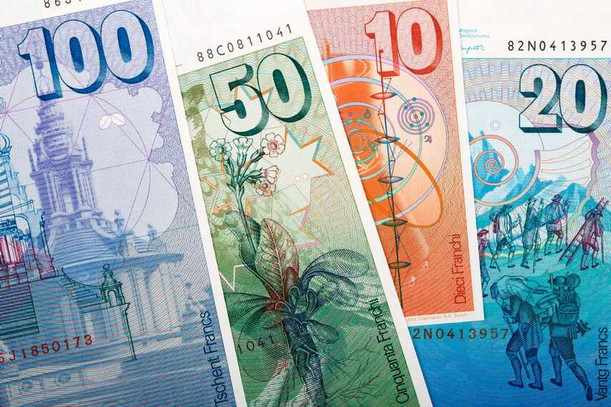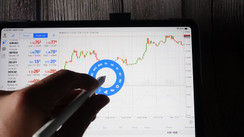The Swiss National Bank (commonly shortened to “SNB”) is the central bank of Switzerland. Responsible for the nation's monetary policy, the SNB is the sole issuer of Swiss Franc banknotes.
This central bank has its offices in Basel, Genevra, and Zurich. It was officially opened for business back on June 20, 1907.
The Swiss National Bank's primary goal is to ensure price stability by targeting year-on-year inflation of near 2% as measured with the Swiss Consumer Price Index. At the same time, like most other modern central banks, the SNB aims to create an economic environment conducive to optimal economic growth and development for the whole economy.
The history behind the SNB
As we mention before, opened in June 1907, the Swiss National Bank was formed out of the need to lower the number of banks that could issue banknotes. The number of banks with issue responsibility was around 53 banks, which was way too much. The Swiss National bank entered into force on January 16, 1906. But it is starting working as a business on June 20 of the next year.
One of the most notable moves was back in World War 1 when the SNB issued notes of a small denomination for the very first time.
The Federal Council, later on, devalued the Swiss Franc. As a result, they found a strategy with involved storing a number of monies as a reserve for the future and usage in situations of emergency.
Back in May 2004, with the inception of Article 99 of the Federal Constitution, the National Bank gained formal independence.
What is its role?
The primary function of the Swiss National Bank is to ensure the price stability inside the country and create and maintain an economic environment conducive to optimal economic growth and development for Switzerland. The Swiss bank is also responsible for issuing Swiss francs, which is the actual currency of Switzerland. The SNB bank has offices in Basel, Geneva, and Zurich.
The bank has the responsibility of the cash supply and distribution and has to meet high standards with respect to quality and security.
The SNB is also in charge of cashless payment transactions, which are settled in the Swiss Interbank Clearing system via sight deposit with the National Bank.
The bank has the function of managing a currency reserve with the purpose to help prevent and overcome crises. It can also be used for interventions in the foreign exchange market.
The Swiss National Bank contributes to the stability of the financial system of the country by acting as a judge over monetary policy. Within the context of this responsibility, it analyses sources of risk to the financial system as a whole, oversees systematically critical security and payment settlement systems, and it is in charge of helping to promote an operational environment for the financial sector.
How is it organised?
The Governing Board and the Bank Council run the Swiss National Bank, and it also holds a General Meeting of Shareholders.
The bank council has 11 members, and its primary function is to oversee the work of the SNB.
The governing board, on the other hand, has the role of deciding and conducting monetary policy in Switzerland, in line with its mandate. Three members up the governing board. Currently, those are Thomas Jordan as the Chairman, Fritz Zubrügg as the Vice-Chairmen, and Andrea M. Mechler as a member.
How to trade using it as reference
As a central bank, the SNB has the power to affect the foreign exchange market and how their currency is perceived. Every trader must keep in mind that we are talking about a significant bank in the world. It is the bank used by many to secure their investments in times of crisis thanks to the stability and security of Switzerland.
Using it as a reference for trading is as easy as taking a look at how the latest decisions were made and what they mean to the trading world when it comes to that currency.





